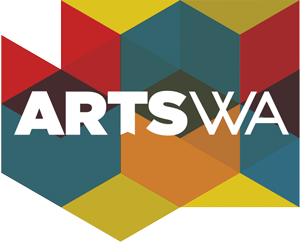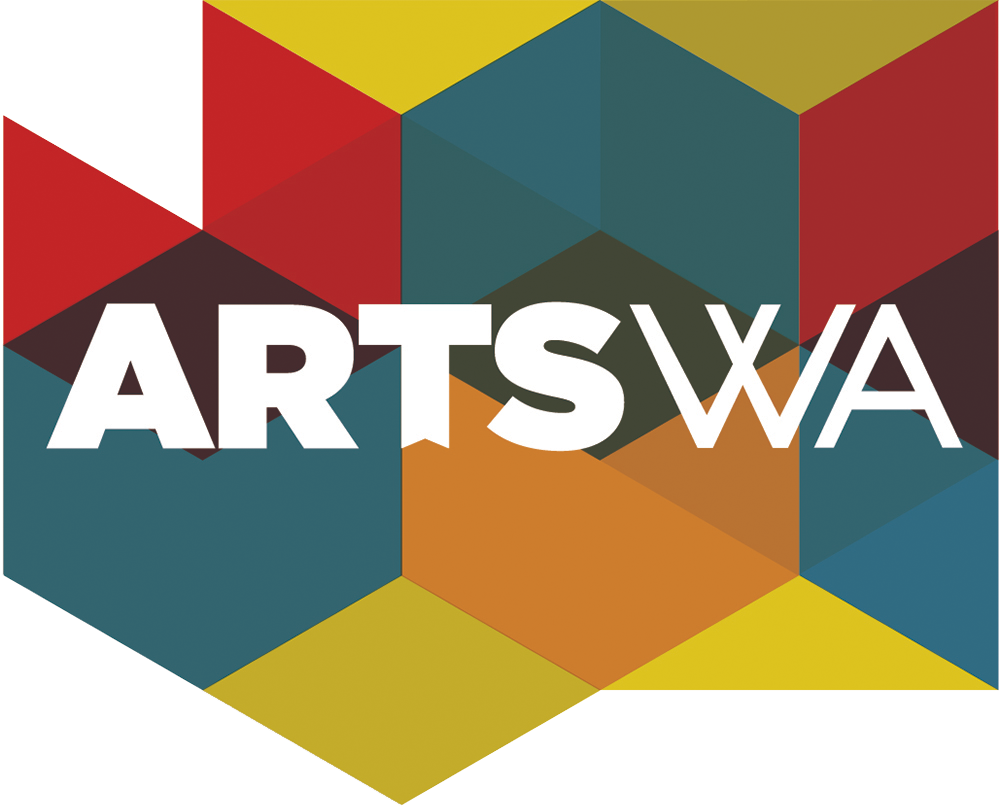Samoan Chicken #2, 1993
Mel McCuddin
(American, born 1933, died 2022)
Location: Brownsville Elementary, Bremerton
ABOUT THE ARTWORK
Samoan Chicken #2 is a painting by artist Mel McCuddin. It is part of his body of work made using a spontaneous process. He paints from intuition until an image begins to form. He notes that he began this painting "as all my paintings do, with no clear idea in mind. In the course of the work, I began to see the image of a chicken. This probably came from a recent trip to American Samoa where there were many half-wild chickens."
This artwork was acquired for the State Art Collection in partnership with Central Kitsap School District.
ABOUT THE ARTIST
Spokane, Eastern Washington-based artist Mel McCuddin (1933-2022) created expressive, figurative paintings. In his own words: “I begin a painting with no idea in mind, and at a certain point in the process of putting paint on the canvas, an idea will suggest itself. Many of these ideas change and many are rejected until one seems strong enough to accept. My paintings are essentially a record of the evolution of an idea... What I’ve been after for a long time is something that you feel more than see, paintings with a strong presence.”
McCuddin was born and raised on a dairy farm on Spokane’s North Side. He loved art as a child and made art all through high school. He worked as a truck driver for dairies, took art classes when he could, and painted at night until retirement allowed him to create art full time.
ARTWORK DETAILS
| Medium | Oil paint on paper |
| Dimensions | 16 in x 14 in |
| ID Number | WSAC1993.137.000 |
| Acquisition Method | Direct purchase |
| Artist Location | Washington, United States |
Location Information
| Agency | Central Kitsap School District |
| Artwork Location | Brownsville Elementary Office |
| WA County | Kitsap |
| Placement | Interior |
| Site Type | Public School |
| Address | 8795 Illahee Rd NE Bremerton, WA 98383 |
| Geo. Coordinates | 47.642058, -122.606843 |
| Before Visiting | Some artworks may be located in areas not accessible to the general public (especially in K-12 public schools). Consider contacting the site prior to a visit to ensure access. |
| Map |
Related









